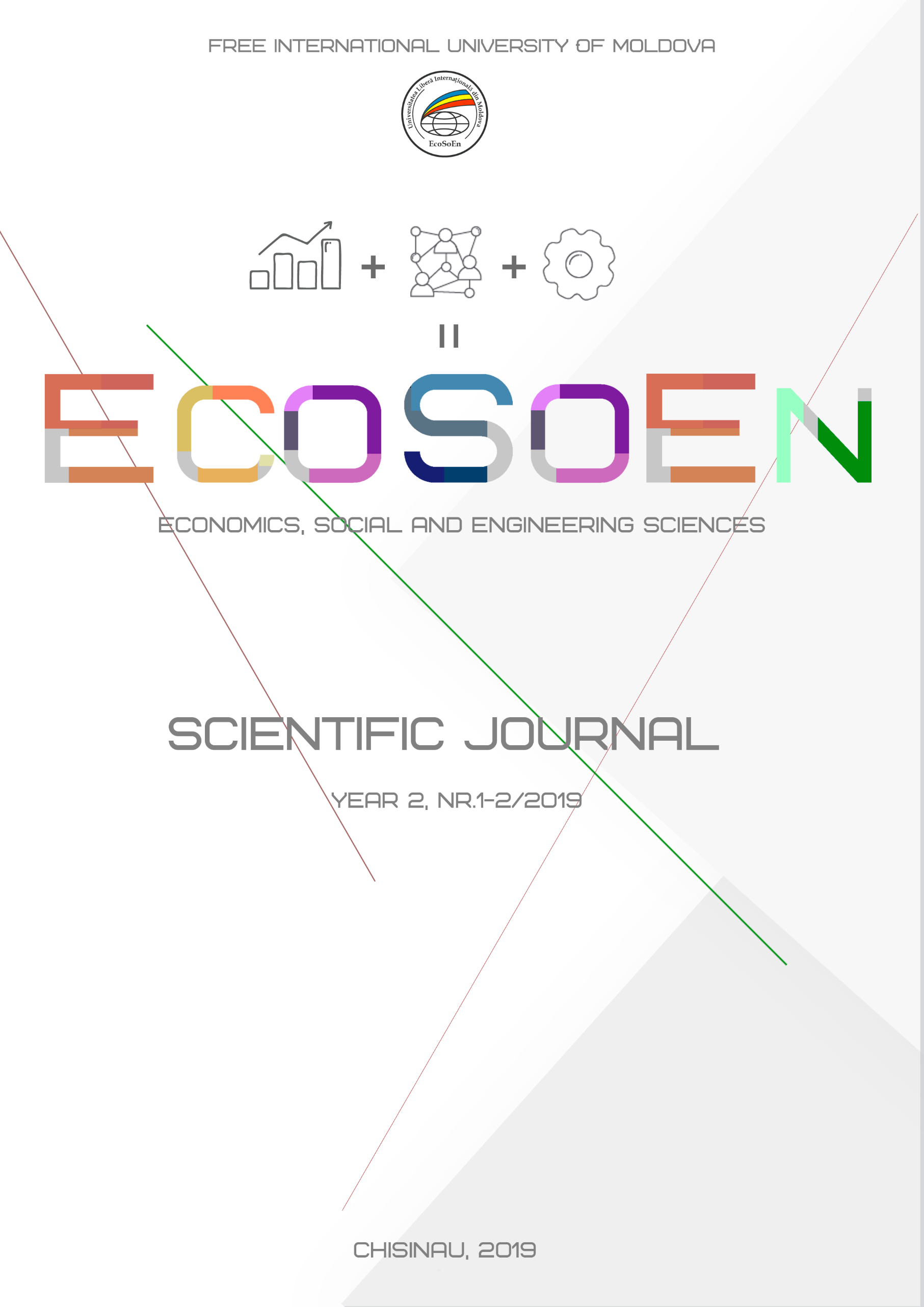Tourism development in the mediterranean area dezvoltarea turismului in zona marii dintre trei continente
Tourism development in the mediterranean area dezvoltarea turismului in zona marii dintre trei continente
Author(s): Petru Roșca, Airin NabolsiSubject(s): Economy, Tourism
Published by: Universitatea Liberă Internațională din Moldova
Keywords: Mediterranean tourism area; tourism input; GDP; festivals; recreation; medical tourism; extreme; cognitive; pilgrimage;
Summary/Abstract: Tourism has become one of the most important activities since the end of the20th century. This refers both to rich countries, particularly those considered post-industrial, aswell as developing countries, geographical areas with "industrialized" management and thosebased on a cruise model. The global growth of tourists, according to the World TourismOrganization (UNWTO), between 2010 and 2030 will be 3.3% per year and will reach 1,800million tourists by 2030. Available data shows how the sector changes in one of the most visitedareas of the world: in fact, every year there are over 300 million international visits attracted bythe Mediterranean basin, in other words, over a quarter of the total passenger traffic. Processes ofthe Mediterranean dimension, with an enormous flow of tourists add to the phenomena ofurbanization in the area, intensification of agriculture and concentration of transport networks inthe coastal area with consequences on the environment, fully justifies adoption of a managementbased on prudence. The purpose of the present research consists in studying the development oftourism in the countries of the Mediterranean area, estimating the tourist, economic potential andhighlighting the factors of tourist attractiveness, which contribute to the impulse and dynamizationof tourism development. The research rTourism has become one of the most important activities since the end of the20th century. This refers both to rich countries, particularly those considered post-industrial, aswell as developing countries, geographical areas with "industrialized" management and thosebased on a cruise model. The global growth of tourists, according to the World TourismOrganization (UNWTO), between 2010 and 2030 will be 3.3% per year and will reach 1,800million tourists by 2030. Available data shows how the sector changes in one of the most visitedareas of the world: in fact, every year there are over 300 million international visits attracted bythe Mediterranean basin, in other words, over a quarter of the total passenger traffic. Processes ofthe Mediterranean dimension, with an enormous flow of tourists add to the phenomena ofurbanization in the area, intensification of agriculture and concentration of transport networks inthe coastal area with consequences on the environment, fully justifies adoption of a managementbased on prudence. The purpose of the present research consists in studying the development oftourism in the countries of the Mediterranean area, estimating the tourist, economic potential andhighlighting the factors of tourist attractiveness, which contribute to the impulse and dynamizationof tourism development. The research results have highlighted weaknesses and opportunities thatcan be implemented in other countries.
Journal: EcoSoEn
- Issue Year: 2/2019
- Issue No: 3-4
- Page Range: 19-25
- Page Count: 7
- Language: English

